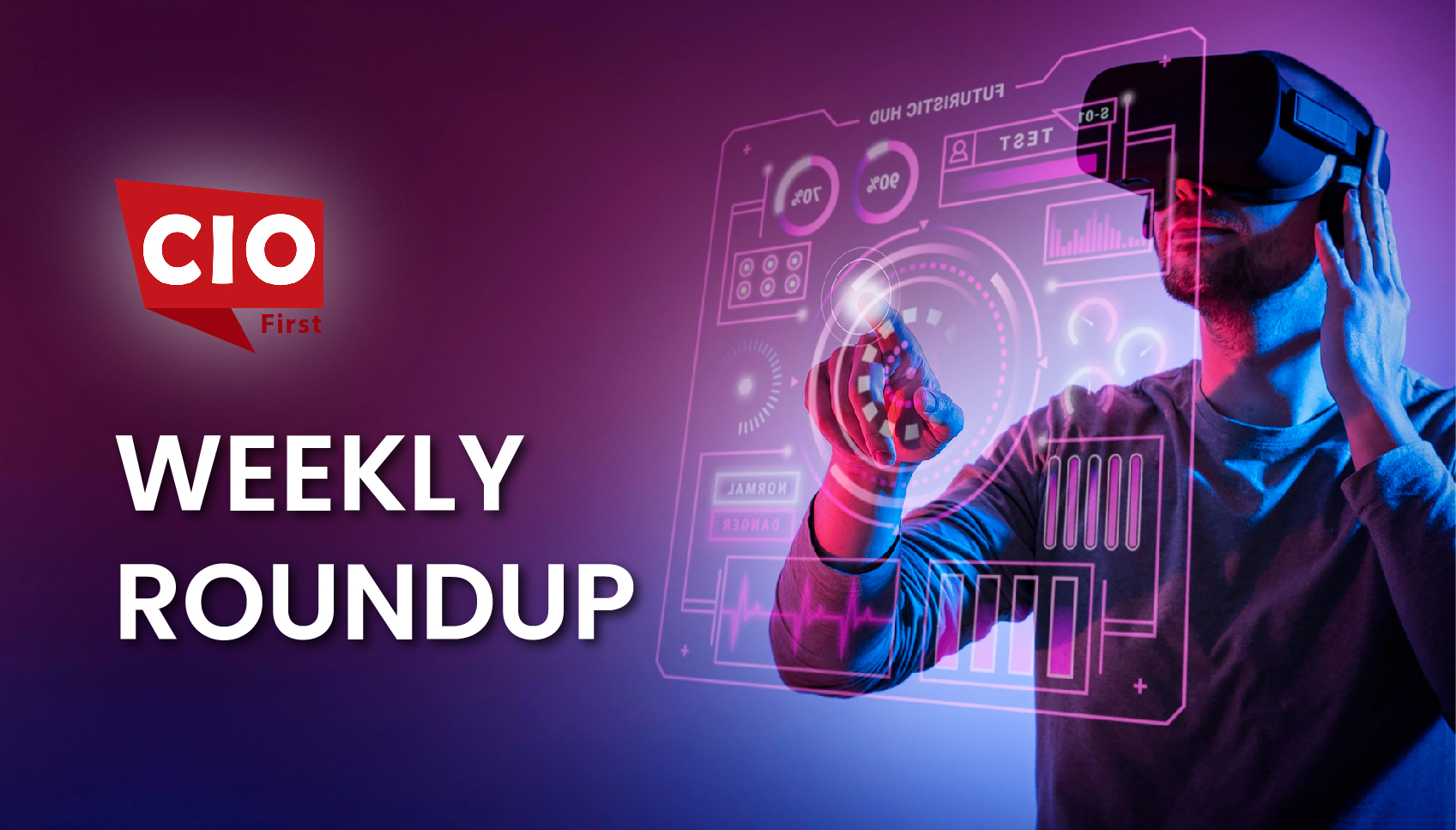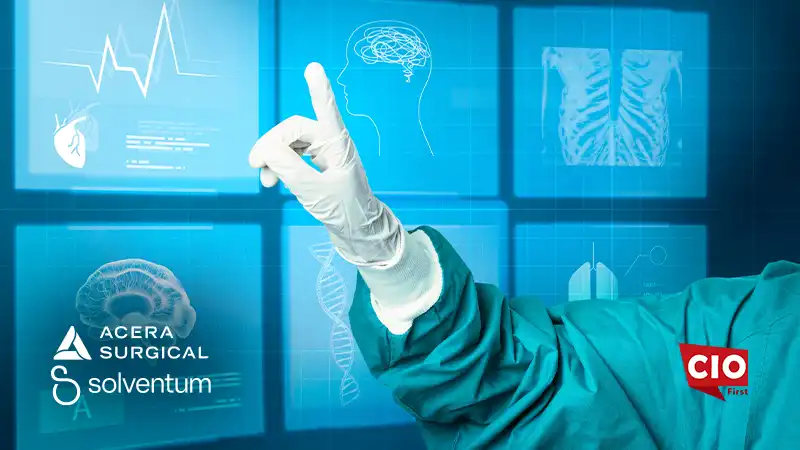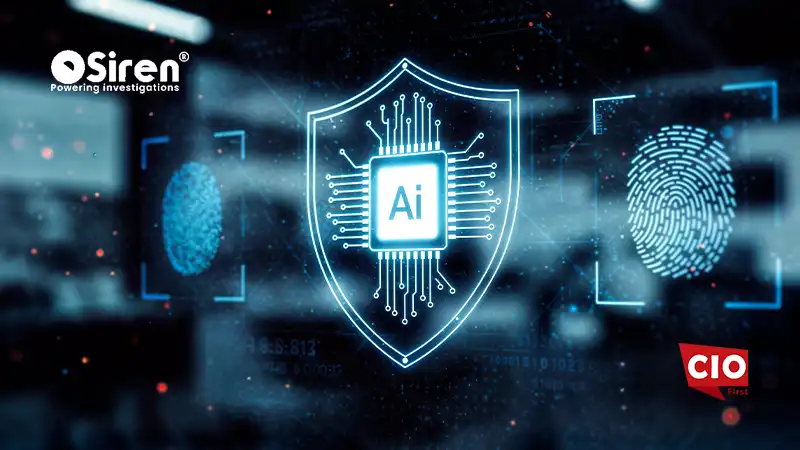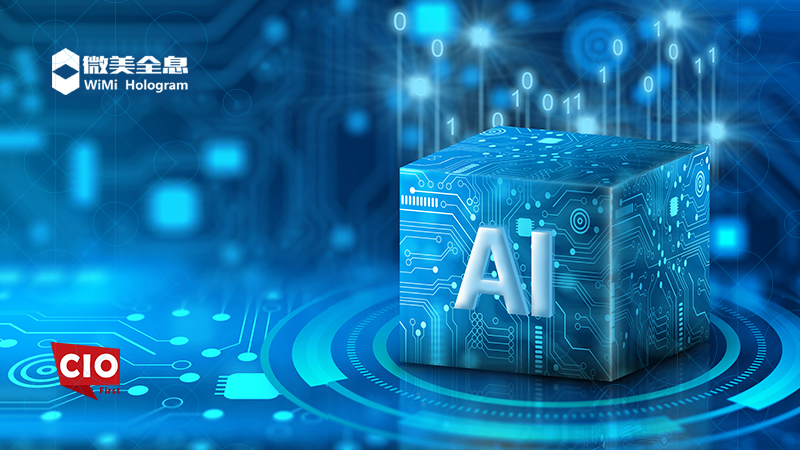WiMi Hologram Cloud Inc., a leading global Hologram Augmented Reality Technology provider, announced that deep learning is applied into a machine reading comprehension model and combined with techniques such as data augmentation and model correction to improve machine readability and comprehensibility of human language and to improve machine performance and accuracy in reading comprehension tasks.
The application of deep learning in machine reading comprehension mainly refers to the use of deep neural network models to solve machine reading comprehension problems. The basic principle is to realize the ability of automatic reading and comprehension by transforming the text into a vector representation to capture the semantic information of the words and using the attention mechanism and decoding algorithm. This model is capable of extracting information from a large amount of text and generating accurate answers according to the questions. The model usually contains key components such as word embedding, encoding, and decoding.
WiMi’s machine reading comprehension modeling based on deep learning includes input representation, contextual understanding, question comprehension, and answer generation. Input representation refers to the transformation of raw text into a machine-processable form. Through the comprehensive use of input representation methods such as word embedding, character embedding and positional coding, the machine reading comprehension model can better understand the semantic and structural information in the text, thus improving the model’s performance in reading comprehension tasks. Contextual understanding is a very important part of a machine reading comprehension model, which helps the model to understand the contextual information in the text so that it can answer the questions better. In this model, a common approach is to realize contextual understanding through the attention mechanism.
Also Read : WiMi Announced a Multi-View Hybrid Recommendation Model Based on Deep Learning
Through contextual understanding, the reading comprehension model can better understand the text and improve the accuracy and efficiency of question answering. In machine reading comprehension tasks, question comprehension refers to the transformation of a given question into a form that can be understood and processed by a machine. The goal of question comprehension is to extract the key information from the question and match it to the context in order to find the correct answer. Through the process of question comprehension, we can transform a given question into a form that can be understood and processed by a machine and find the correct answer. This provides the basis for success in machine reading comprehension tasks. Answer generation is an important step in machine reading comprehension modeling where the goal is to generate an accurate and coherent answer based on the model’s understanding of the question and the text.
With the continuous development of deep learning technology, machine reading comprehension models are also evolving. In the future, the development direction of machine reading comprehension models mainly includes multi-modal integration, cross-language and cross-domain applications, and migration learning and adaptive learning. With the wide application of multi-modal data, future machine reading comprehension models will be able to handle multi-modal inputs such as combinations of images, speech and text. By integrating information from multiple modalities, the model can understand the text more comprehensively and provide more accurate answers.
To solve the problems of data scarcity and domain adaptation, in the future, WiMi’s research on machine reading comprehension models will pay more attention to migration learning and adaptive learning, and improve the generalization ability of the models by using existing knowledge and models to learn and migrate quickly in new tasks and domains. WiMi will also continue to conduct in-depth research in the field of machine reading comprehension models, to make the machine reading comprehension models more powerful and intelligent to better understand and apply textual information to provide more help and support to human beings.
SOURCE : PRNewswire


























купить аккаунт маркетплейс для реселлеров
заработок на аккаунтах купить аккаунт
магазин аккаунтов биржа аккаунтов
аккаунты с балансом купить аккаунт с прокачкой
продажа аккаунтов маркетплейс аккаунтов
магазин аккаунтов социальных сетей безопасная сделка аккаунтов
купить аккаунт с прокачкой pokupka-akkauntov-online.ru/
Account Buying Platform Buy Account
Purchase Ready-Made Accounts Account marketplace
Ready-Made Accounts for Sale Account Selling Platform
Social media account marketplace Secure Account Purchasing Platform
Account trading platform Online Account Store
Account trading platform Account Trading
Account marketplace Buy accounts
Account Trading Service Sell Account
Sell Pre-made Account Accounts for Sale
Account Market Sell accounts
Account Buying Platform Accounts marketplace
account catalog gaming account marketplace
website for selling accounts account market
buy pre-made account socialaccountssale.com
account market account exchange
account marketplace sell account
account purchase gaming account marketplace
account marketplace account marketplace
secure account purchasing platform secure account purchasing platform
find accounts for sale account marketplace
secure account sales online account store
accounts market buy account
account acquisition secure account purchasing platform
gaming account marketplace accounts-buy.org
social media account marketplace purchase ready-made accounts
account buying service online account store
account purchase buy-social-accounts.org
marketplace for ready-made accounts social media account marketplace
buy pre-made account account marketplace
account buying service sell account
online account store account exchange service
buy and sell accounts gaming account marketplace
website for buying accounts https://accounts-market-soc.org/
account selling platform account sale
verified accounts for sale online account store
buy accounts sell accounts
sell pre-made account ready-made accounts for sale
database of accounts for sale gaming account marketplace
account trading service account buying service
website for selling accounts https://accounts-offer.org
sell accounts https://accounts-marketplace.xyz
buy and sell accounts buy-best-accounts.org
account trading social-accounts-marketplaces.live
accounts market https://accounts-marketplace.live
account marketplace buy accounts
accounts marketplace https://buy-accounts.space
account trading platform accounts marketplace
account exchange service https://social-accounts-marketplace.live
accounts marketplace https://buy-accounts.live
buy pre-made account https://accounts-marketplace.online/
social media account marketplace https://accounts-marketplace-best.pro
купить аккаунт https://akkaunty-na-prodazhu.pro
продать аккаунт https://rynok-akkauntov.top/
маркетплейс аккаунтов kupit-akkaunt.xyz
продажа аккаунтов akkaunt-magazin.online
магазин аккаунтов akkaunty-market.live
продать аккаунт https://kupit-akkaunty-market.xyz/
биржа аккаунтов https://akkaunty-optom.live
магазин аккаунтов https://online-akkaunty-magazin.xyz/
маркетплейс аккаунтов https://akkaunty-dlya-prodazhi.pro
биржа аккаунтов https://kupit-akkaunt.online/
facebook ad accounts for sale buy facebook accounts for advertising
facebook account sale https://buy-ad-accounts.click
buy facebook ad account https://buy-ad-account.top
buying facebook ad account buying facebook accounts
buy fb ads account https://ad-account-buy.top
buy aged facebook ads account buy facebook accounts for ads
buy accounts facebook buying facebook ad account
buy facebook accounts cheap https://buy-ad-account.click
buy facebook profile buying fb accounts
buy account google ads https://buy-ads-account.top
buy google ad account buy adwords account
buy facebook ad accounts buy fb ads account
buy aged google ads account https://ads-account-for-sale.top/
old google ads account for sale https://ads-account-buy.work
buy google adwords account buy google ads verified account
buy verified google ads account https://buy-account-ads.work
buy account google ads https://buy-ads-agency-account.top
buy google adwords accounts https://sell-ads-account.click
buy google ads agency account https://ads-agency-account-buy.click
buy facebook business manager buy-business-manager.org
buy google ads agency account buy google ads threshold account
verified bm for sale https://buy-bm-account.org/
buy verified facebook business manager buy-business-manager-acc.org
buy business manager account buy-verified-business-manager-account.org
buy verified bm https://buy-verified-business-manager.org/
verified bm business manager for sale
buy facebook business manager verified https://buy-business-manager-verified.org/
buy business manager https://buy-bm.org/
verified facebook business manager for sale https://verified-business-manager-for-sale.org
buy facebook business account buy facebook business manager
tiktok ads account buy https://buy-tiktok-ads-account.org
buy tiktok ad account https://tiktok-ads-account-buy.org
tiktok ad accounts https://tiktok-ads-account-for-sale.org
buy tiktok ads account https://tiktok-agency-account-for-sale.org
buy tiktok ad account https://buy-tiktok-ad-account.org
buy tiktok ads account https://buy-tiktok-ads-accounts.org
tiktok ads account buy https://buy-tiktok-ads.org
buy tiktok ads https://buy-tiktok-business-account.org
tiktok ad accounts https://tiktok-ads-agency-account.org
buying facebook accounts purchase ready-made accounts online account store
buy facebook accounts database of accounts for sale guaranteed accounts